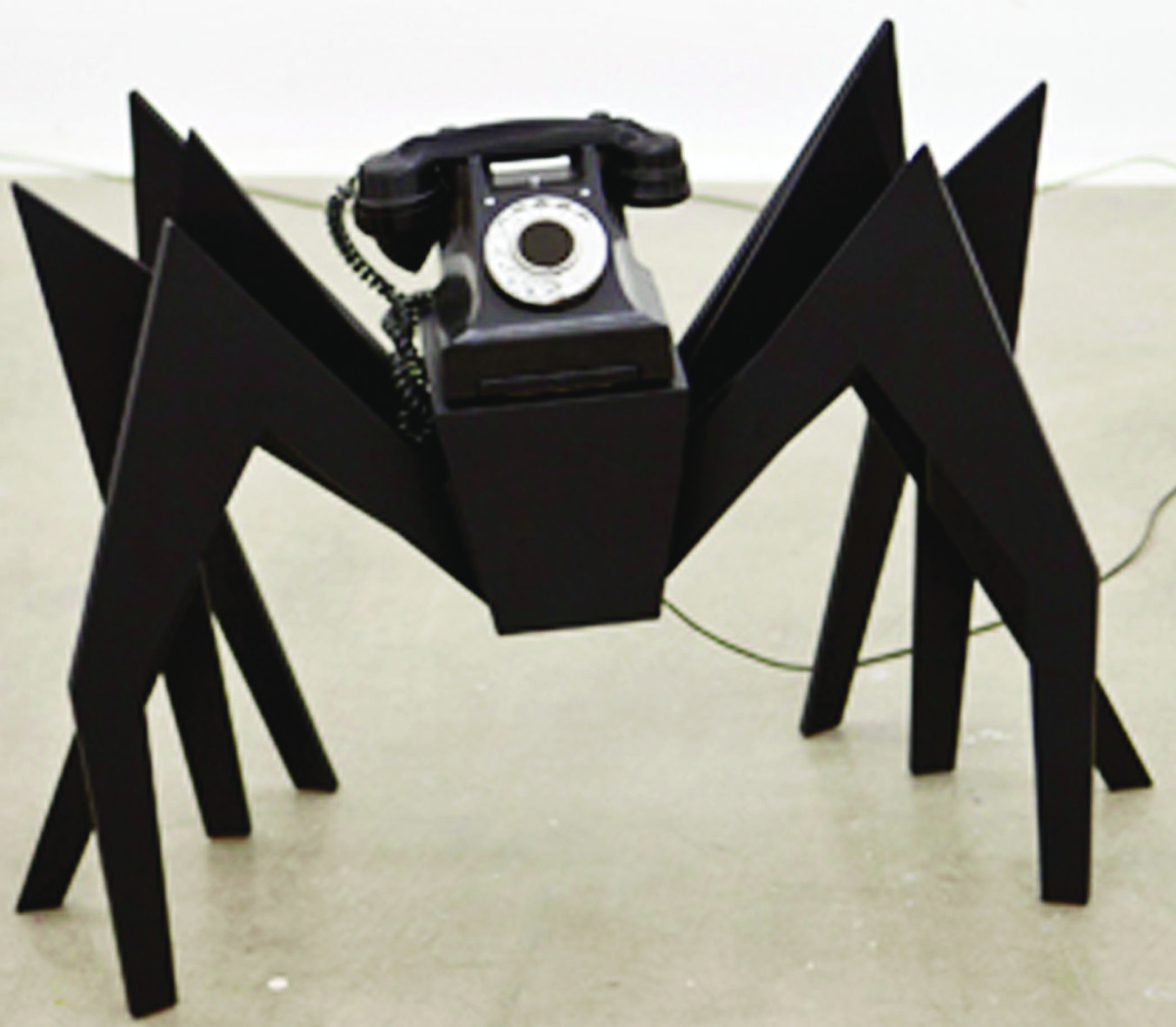Discovering where ‘they’ come from through a labyrinth
HATİCE UTKAN ISTANBUL - Hürriyet Daily News

Exhibition is a story of discovery. It makes the visitor a ‘hero’ who enters the first threshold as they read quote by Heraclitus.
In Gallery Non’s new show, the visitor first encounters a white wall, representing the start of a labyrinth. Writing on this wall tells the viewer, “If you do not expect the unexpected, you will not find it,” a quotation from ancient Greek philosopher Heraclitus. This is only a hint of what the audience will see when they enter the labyrinth and discover what artists
Extrastruggle and
Nazım Hikmet Richard Dikbaş have come up with for their new joint
exhibition, titled “They Came From Where They Came From.”
The exhibition is a story of discovery, or a kind of road trip. It makes the visitor into a “hero” who enters the first threshold as they read the quote by Heraclitus. Beginning with the labyrinth’s first step, the journey of the hero starts with drawings by Dikbaş, who portrays images or people as a part of society. All of Dikbaş’s figures tell a different story, which could be read as the discourse of society.
Father and Son theme Extrastruggle’s “Father and Son” sculpture tells a different story, which also refers to society, as well as psychoanalysis. Extrastruggle takes inspiration from Lacan’s concept focusing on the mythical father of Freud’s Totem and Taboo, which Lacan used as a strategic move in his opposition to what he saw as the over-emphasis of object relations theory on the exclusive relationship between the individual and his/her mother as a pair. Lacan emphasized instead the importance of a third party in the Oedipus complex: what he called “the place that she [the mother] reserves for the Name-of-the Father in the promulgation of the law.”
As the viewer goes through the labyrinth, the subjects and the main focus areas of the artists seem to change. Another of Extrastruggle’s sculptures “The Feet Will Become the Head” reflects on Turkish society, and may be a sign that tells the audience how the society has changed over a few years. The artist’s idea came from a parade organized by workers. The material of the sculpture also raises another question, as it is taken from Sümerbank, a factory that was part of the “Fordist” tendency in Turkey during the 1980s, when the government based the social system on the rapidly expanding industrial mass production.
Criticism of the art industry and the market is also a part of the show. Dikbaş’s collage, “The Auction,” describes how the market developed and became a “wild” capitalist environment, both for buyers and for artists.
 Taste of the past
Taste of the pastWhile each artist likes to show how the future and the present are presented in society, Extrastruggle seems as if he is aiming to change this trend with his works, which make the audience remember the past.
It is a delight to discover the past through Extrastruggle’s spider-like telephone sculpture, which seems to come from the 1970s or ‘80s, and also the summarizing of words used by grandmothers and grandfathers in Turkey that are no longer in the dictionary, which are featured on small plates attached to the wall.
The work titled “1915” once again raises eyebrows, reminding the viewer of Turkey’s fraught past. In it, Extrastruggle writes, “If they had not been forced into exile, if they had not been expelled, if they had not been murdered, 20 million Armenians would be living in Turkey today, as citizens of the Republic of Turkey.”
The labyrinth continues with the remembrances and collective memories of Turkish society. Dikbaş’s “The Ordinary Flow of Life” raises questions about current developments in Turkey. Even the name of the work refers to a recent event. Nineteen cigarette lighters were given as evidence during the Kurdistan Communities Union (KCK) trial in December 2011, and according to a news article published on Dec. 24, 2011, having 19 lighters at home cannot be considered the “ordinary flow of daily life.” In reply the accused, Arif Pelit, said he smoked two packs of cigarettes every day. Pelit was punished with 7.5 years in prison because of the lighters found in his home. The lighters at the exhibition, on the other hand, which are glued to a wooden block, all came from Dikbaş’s own home.
The exhibition continues with a section on the evils of pharmaceuticals, which features a sculpture created by Extrastruggle as a serpent figure, and later on with collages and drawings by Dikbaş.
“They Came From Where They Came From” continues at Istanbul’s Gallery Non until May 5.

